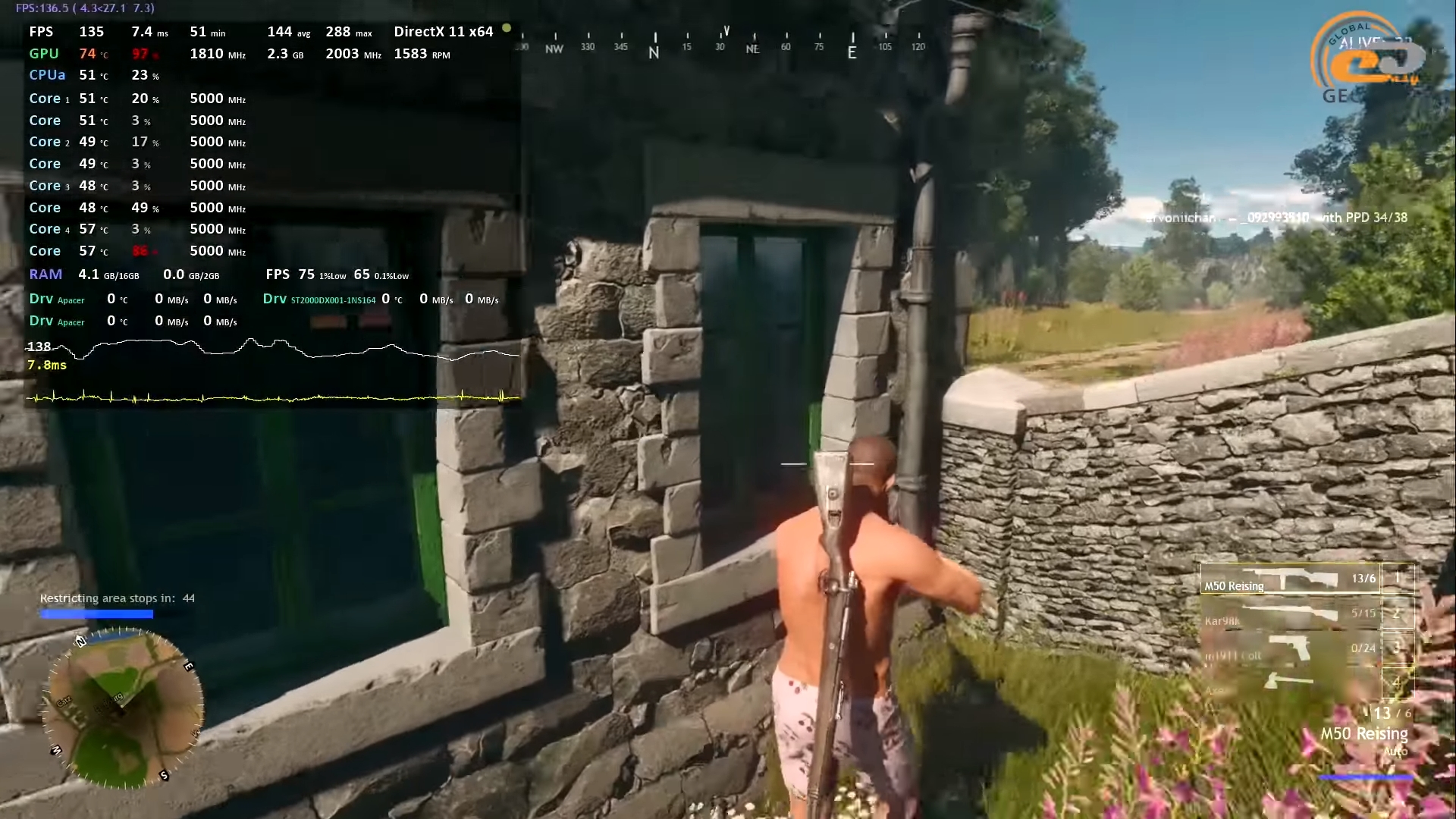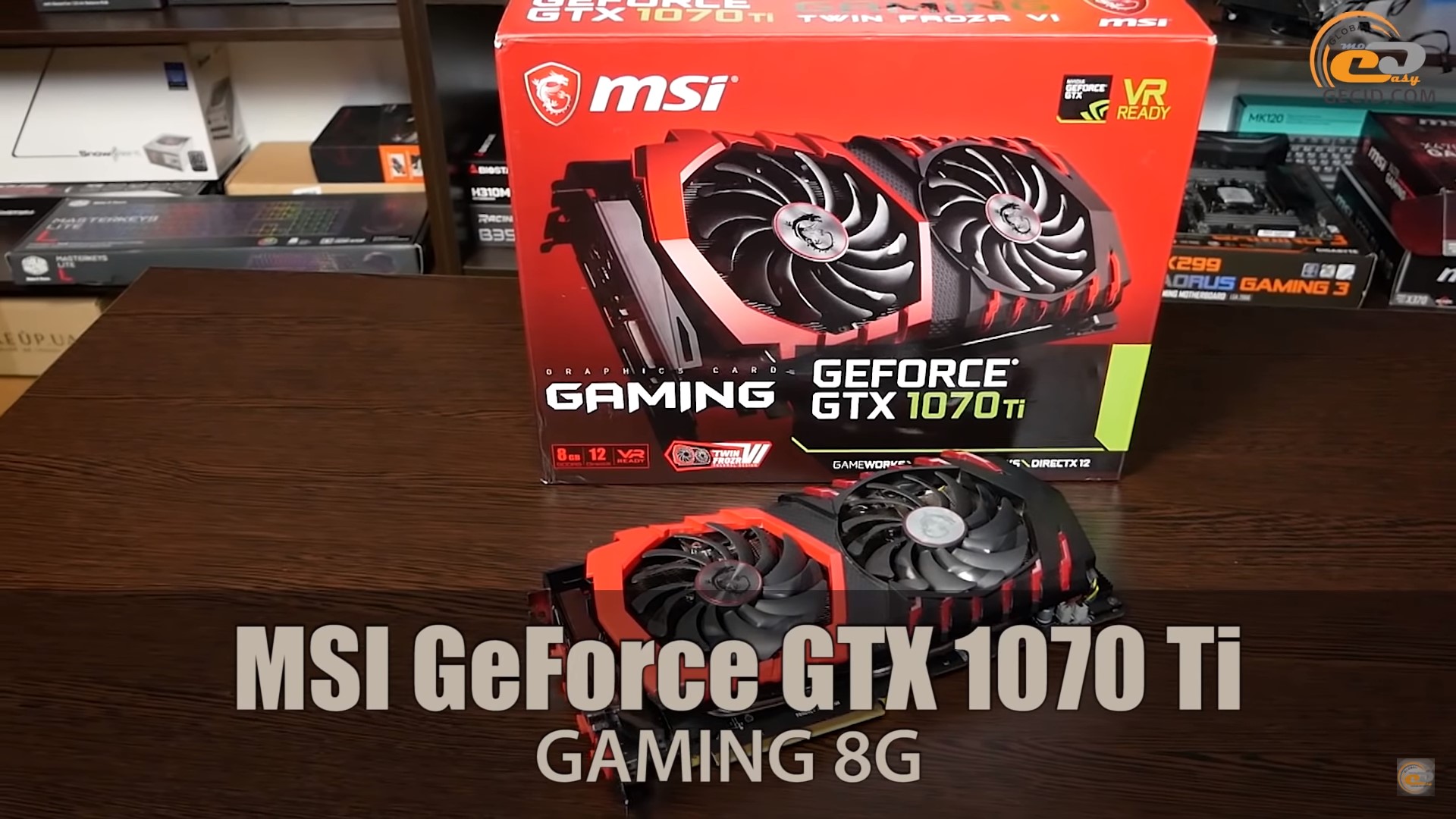
The cooler design is the same as it was with the GTX 1080 Founders Edition, which is no bad thing. The GTX 1070 Ti has a TDP of 180W, and as such the single eight-pin PCIe power connector is easily suitable.ĭisplay outputs remain unchanged from previous reference GP104 designs, so we have a trio of DisplayPort 1.4 headers alongside a single HDMI 2.0b port and a dual-link DVI-D connection. On the memory front, the new card is all GTX 1070, utilising an 8GB GDDR5 frame buffer running at 8Gbps across a 256-bit bus for 256GB/s of raw memory bandwidth – significantly less than the 320GB/s that the GTX 1080 has courtesy of GDDR5X memory.

The 64 ROPs and 2MB L2 cache remain intact, and the GPU comes with a base clock of 1,607MHz – same as GTX 1080 – and a boost clock of 1,683MHz. The GTX 1070 Ti is based on the same 314mm 2, 16nm, 7.2bn-transistor GP104 Pascal GPU as the GTX 1080, but one of the 20 onboard streaming multiprocessors is disabled, leaving us with 2,432 cores and 152 texture units – a five percent reduction in raw processing power. While it seeks to outdo the RX Vega 56, the GTX 1070 Ti also targets GTX 970 customers that might now be looking for an upgrade, with Nvidia claiming that the new card offers roughly double the performance of the older one. Today is a hard launch not only of the Founders Edition but also of the various third-party designs from board partners, although Nvidia seems to have hindered its partners in terms of clock speeds, as all cards appear to be shipping at reference clocks, most likely out of fear of the GTX 1070 Ti rendering the GTX 1080 moot.

It’s a price that puts the GTX 1070 Ti roughly in between the GTX 1070 and GTX 1080 at the time of writing – as you would expect. The MSRP of £419 is the starting price, covering the Founders Edition we have here today and a selection of basic third-party designs. The GTX 1070 Ti merges most of the GTX 1080’s cores with GTX 1070 memory into a £419 part designed to beat the AMD offering, while conveniently giving Nvidia a new part to push in the release-heavy holiday period with GP104 yields that didn’t quite make the cut as GTX 1080s. Still, the Vega 56 poses a respectable challenge to Nvidia’s GTX 1070, and now comes the response from the green team. Of the two launched, the ~£400 Vega 56 is the most attractive, but it’s not always easy to find, as cryptominers keep eating up stock, and third-party SKUs are rather awkwardly very absent. It’s fair to say that AMD’s Vega cards didn’t really make the impact many had hoped they would.


 0 kommentar(er)
0 kommentar(er)
